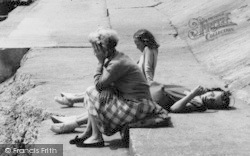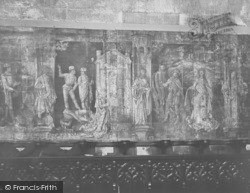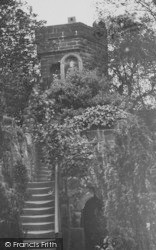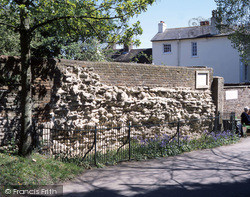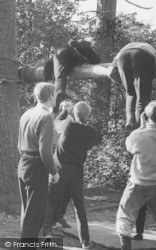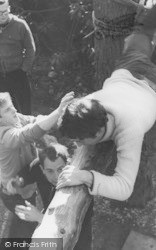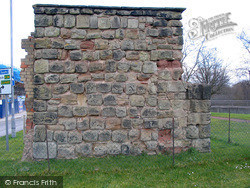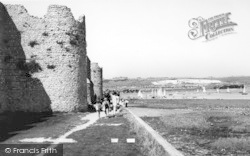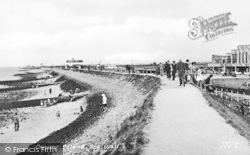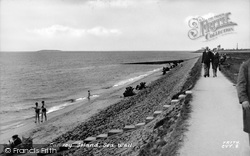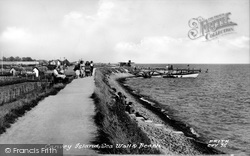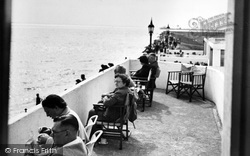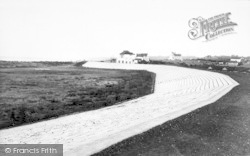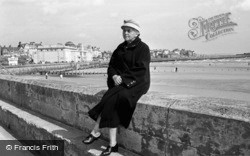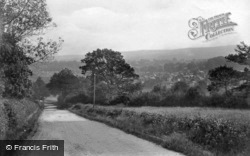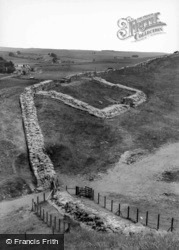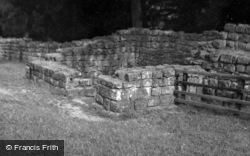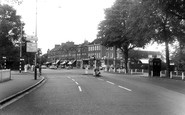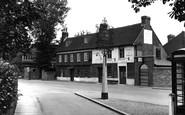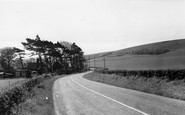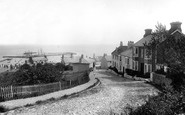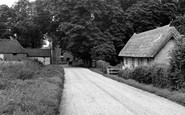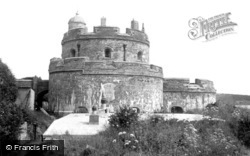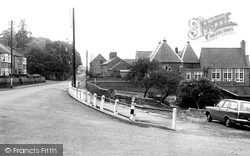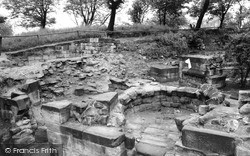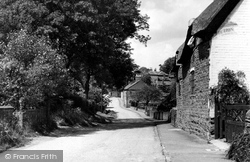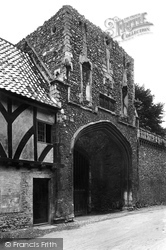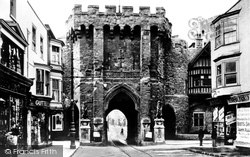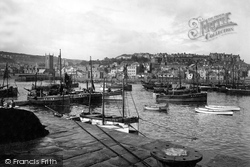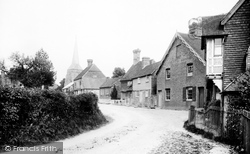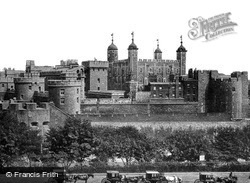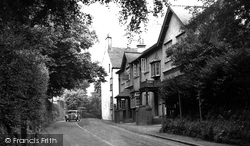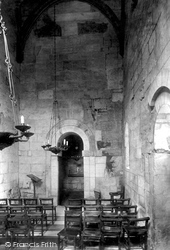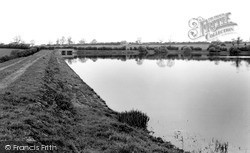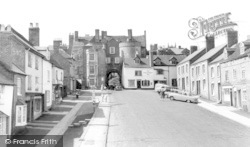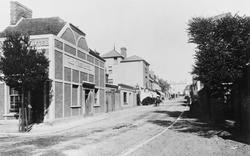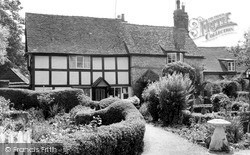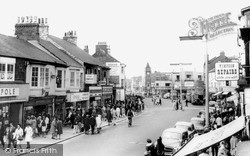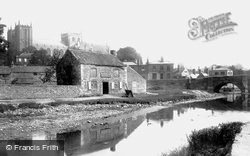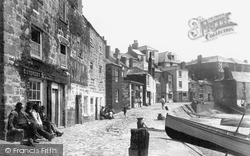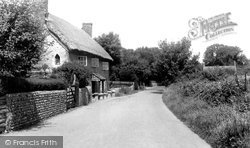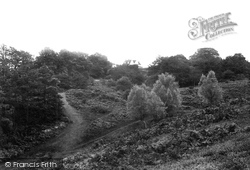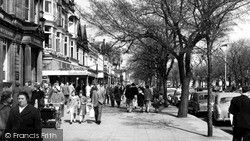Places
25 places found.
Those places high-lighted have photos. All locations may have maps, books and memories.
- East Wall, Republic of Ireland
- Pell Wall, Shropshire
- Wall, Northumberland
- Heddon-on-the-Wall, Northumberland
- Walls, Shetland Islands
- Wall, Cornwall
- Wall, Staffordshire
- East Wall, Shropshire
- Wall End, Kent
- Hobbs Wall, Avon
- Wall Bank, Shropshire
- Wall Nook, Durham
- Knowl Wall, Staffordshire
- Hazelton Walls, Fife
- Wall Mead, Avon
- Mid Walls, Shetland Islands
- Greetland Wall Nook, Yorkshire
- Aston le Walls, Northamptonshire
- Wall Heath, West Midlands
- Wall Hill, Greater Manchester
- Wall End, Cumbria (near Millom)
- Wall under Heywood, Shropshire
- Dale of Walls, Shetland Islands
- Bridge of Walls, Shetland Islands
- Hole-in-the Wall, Hereford & Worcester
Photos
516 photos found. Showing results 381 to 400.
Maps
172 maps found.
Books
Sorry, no books were found that related to your search.
Memories
1,989 memories found. Showing results 191 to 200.
School Doctor
School doubled as the church on a Sunday and I sat next to the altar rail often gazing at the pedals and knobs and levers of the organ instead of listening. I remember sitting at bench-type tables for lunch, stirring the ...Read more
A memory of Kettleshulme in 1958 by
Dulwich Hamlet
My brother and I, Kathryn & Philip Brunker went to Dulwich Hamlet school until 1958. We then moved to Basildon, Essex. I went to the 'huts' at first, aged 4, and after visiting there in 1996, found them still to be there! ...Read more
A memory of Dulwich in 1954 by
Hackbridge
I lived in Orchard Avenue, number 4, when the whole road was mock Tudor exteriors. I had quite a shock to revisit a few years ago to see them all plastered over and looking very tired. In the l950s and early 1960s when I lived here ...Read more
A memory of Hackbridge in 1956 by
2 Years In The Village
Sometime around 1956, for about two years, two of us shared a cottage in Iford village (one of the first two as you came off the main road from Lewes). We worked for Mr Robinson milking his Guernsey herd and doing ...Read more
A memory of Iford in 1956 by
Childhood
Me and my sister used to go and stay in the school holidays with our great nanna, Mrs Hilda Pocklington, in her cottage at Walsbey Road, we used to love our time there. The tennis courts were out the back, and we often used to sit ...Read more
A memory of Market Rasen by
Balloon Woods Wollatton
Balloon Woods. Most people says it was a hell hole. Yes some parts of it was. But to a child it was good. There were more quite a few blocks. Some had four floors, these were called Tansley Walk, Bealey Walk, Hartington ...Read more
A memory of Wollaton in 1971 by
Weekend Visits
I was only about 6 years old but I clearly remember visiting my grandparents' house on weekends. My grandfather was a gamekeeper on the moors until his retirement. In the early 1970s he and his wife moved to nearby Penistone. ...Read more
A memory of Upper Midhope in 1970 by
Landslips
I remember the houses on the right as being very crooked! Presumably the land movement had shifted the foundations and cracked the walls, but both of them survived and were inhabited - the owners had repaired the damage without ...Read more
A memory of Lyme Regis by
Felsted, My Village
I was born & bred in Felsted, living in the area until 1965 when I emigrated to New Zealand. These photographs of Felsted Mill remind me of the many hours spent on the wall below the water wheel race, fishing for roach and ...Read more
A memory of Felsted by
My Fading Memories
I was but a lad of 8 when my folks bundled us all off to a wide land downunder. Since 1968, Australia has been my home. I often speak of my fading memories of Queensbury, my walks through the village, living on 'The ...Read more
A memory of Queensbury in 1968 by
Captions
1,668 captions found. Showing results 457 to 480.
It is built in the form of a clover leaf, and below the walls is a Tudor block house.
The photographer is looking west along the High Street, past the Victorian primary school with its cluster of steep slated pyramidal roofs and the hall 'erected by General Bouverie for the use of the parish
Walls six feet thick protected the castle kitchens, built after 1413 to replace less grand facilities.
At the southern end of Back Street, mud walls survive opposite the 17th-century Old School building, and the turn-of-the-century Stone House displays the builder's artful use of a cheaper brick shell adorned
All that is left today is a tantalising ruin in the grounds of Walsingham Abbey, with fragments of wall and window and two old wishing wells.
The adjoining walls and buildings were subse- quently destroyed so that traffic bypassed the gate.
All along the coastal belt, but rarely extending more than a few miles inland, rounded beach flints or cobbles were used for walls and every type of building.
In the background the Wharf wall has been built all along the harbour from the West Pier.
The churchyard consists of six terraces, each one characterised by a retaining wall. The church dates back to 1096; opposite it lies the picturesque 500-year-old Priest House.
The Tower was a popular Victorian tourist attraction, but it was less spruce than it is today: ivy was allowed to grow on the walls, and signage was minimal.
It still looks the same as in this photograph, apart from a fresh white coat of paint and a new pub sign hanging from the wrought iron wall bracket.
Arthur Mee in his King's England series says about the church: 'It is naked and bare, and all the better for that'. The chancel arch, which we see here, is the narrowest in England at 3ft 6in.
There is now a two ft high brick wall along the track.
The tall chimney next door rises above a bread oven, whose rounded shape protrudes from the wall of the house.
The story has probably arisen because the inn sits over the former ditch that would have surrounded the town walls immediately behind it.
The treed gardens, the walls and the houses to the right were replaced in 1894 by a three-storey parade of shops, while the Old Tree Hotel on the corner of Broad Street was replaced in the 1960s.
High walls enclose the water channel, for although the village lies some seven miles from the coast, it is barely above sea-level: the houses lining the river bank have been flooded many times over
The last incumbent, Thomas King, served for 41 years, a duty commemorated by a plaque on the garden wall.
High on the wall in the centre is the sign for the Redcar Literary Institute – the annual subscription was 10s. Clothing styles have changed - no anoraks and trainers here!
In this view of the stone-walled canal basin we see the cathedral rising over the roofs, and the old arched bridge.
Everything seems twisted or warped - the granite setts, alleys and courtyards, blue slate-hung walls, whitewashed rubble, tumbling roofs. Old fishermen sit in the sunlight outside Quick's sail loft.
On this road leading to the sea front, the cottage on the left has flint walls and a thatched roof. The front garden is decorated with staddle stones.
The low wall on the extreme left had been a pound - an overnight stopping-point for animals being driven to Chelmsford's livestock market.
Even though there are no leaves on the trees, Lord Street is still busy; as at Blackpool, trippers visit all year round.
Places (25)
Photos (516)
Memories (1989)
Books (0)
Maps (172)


